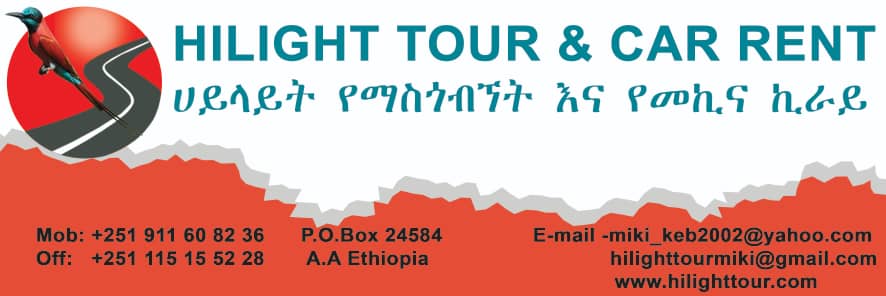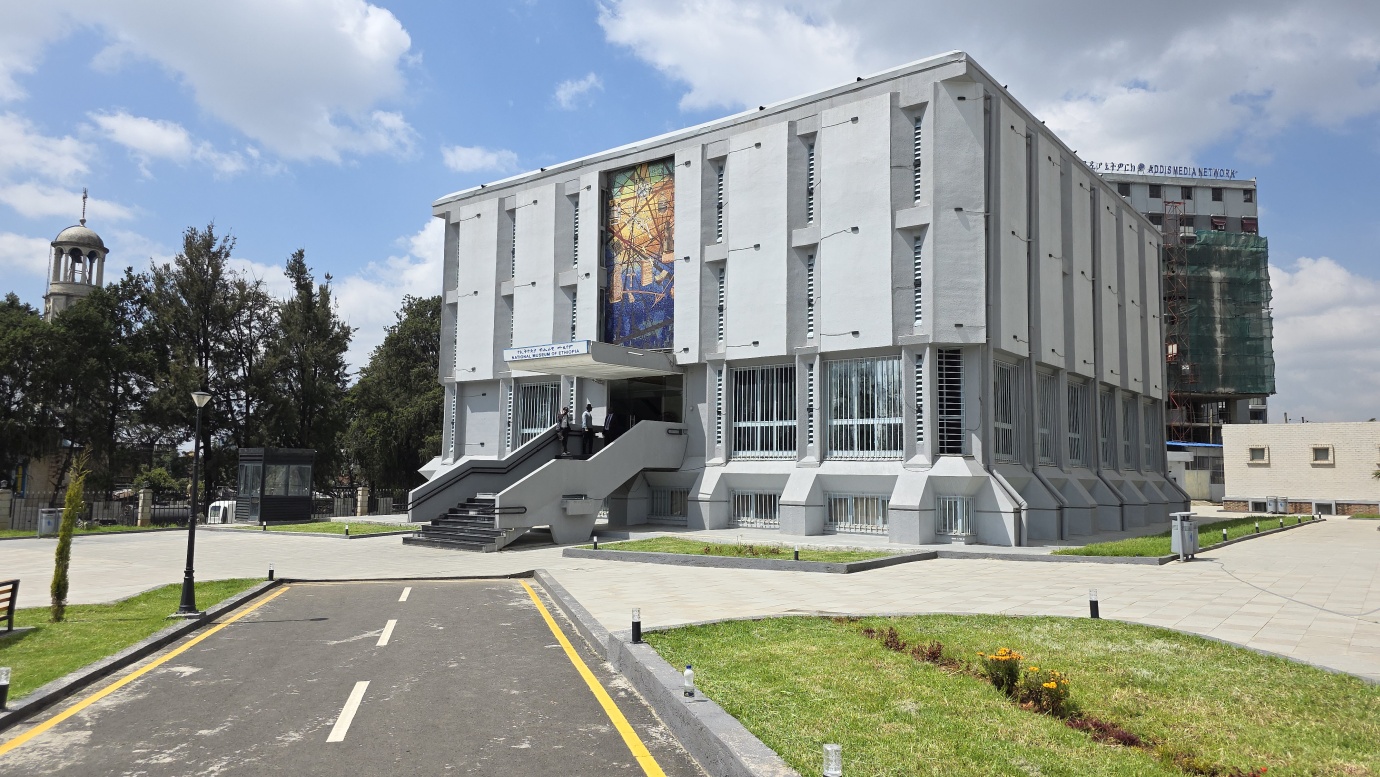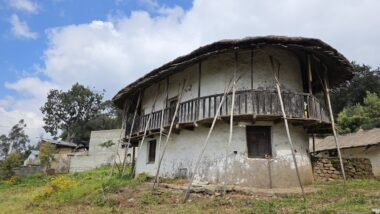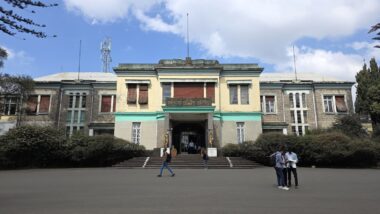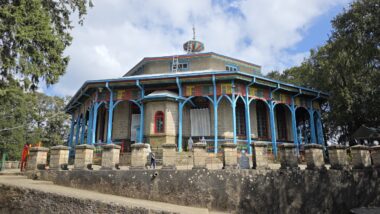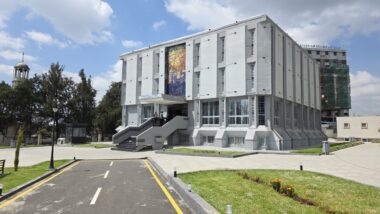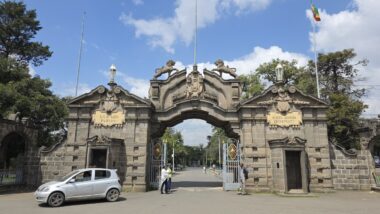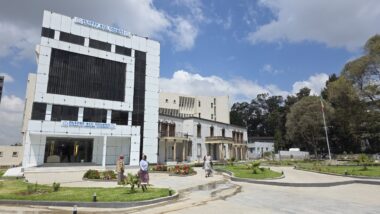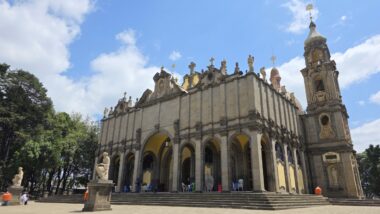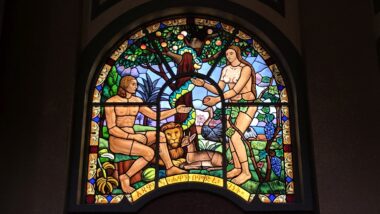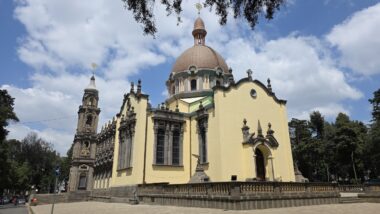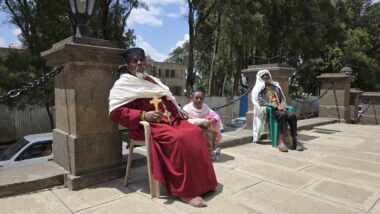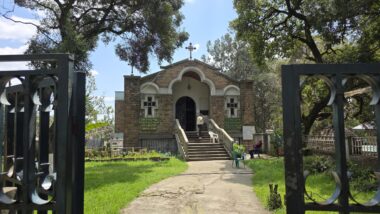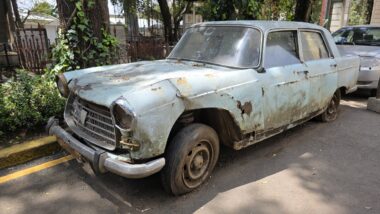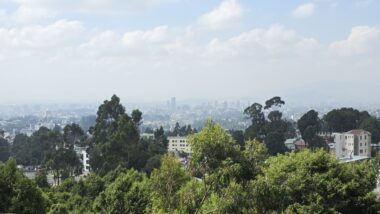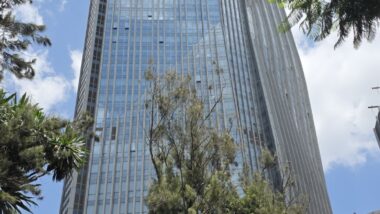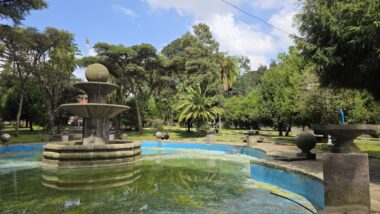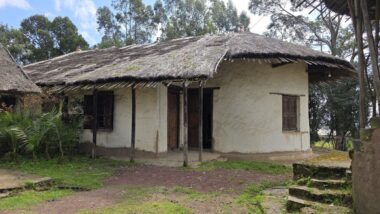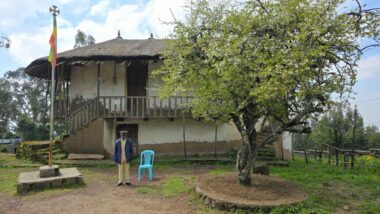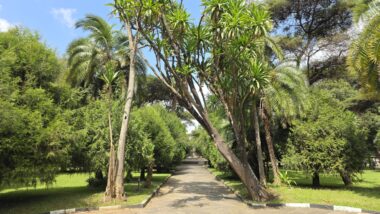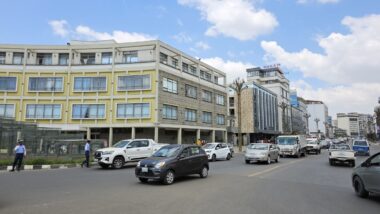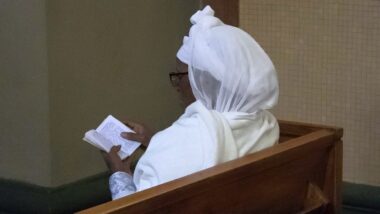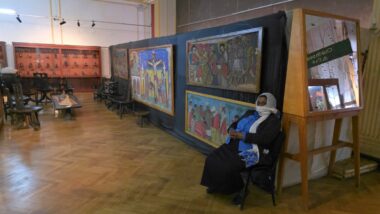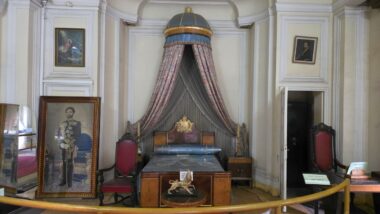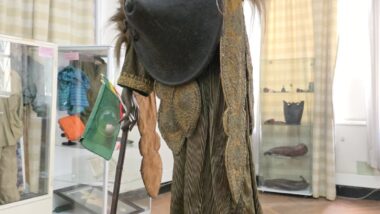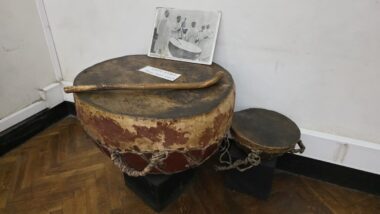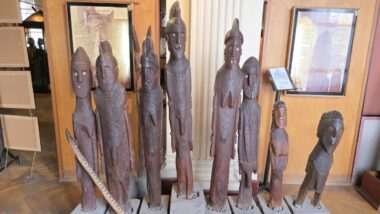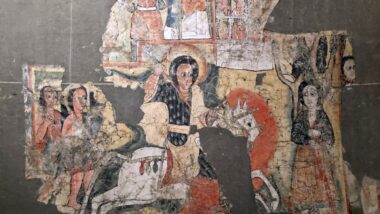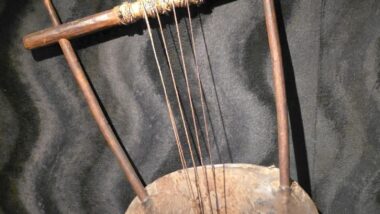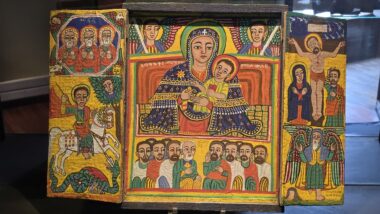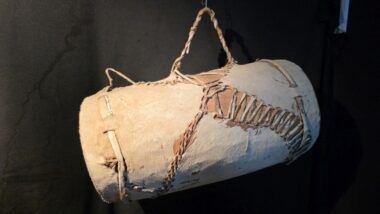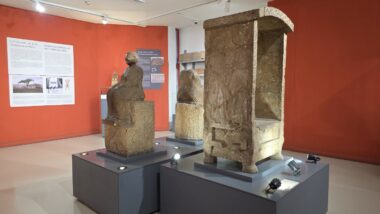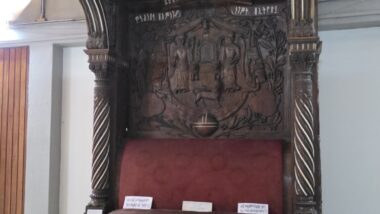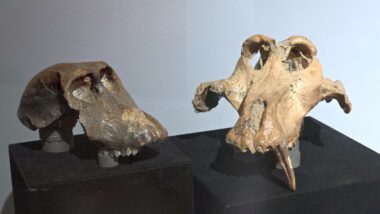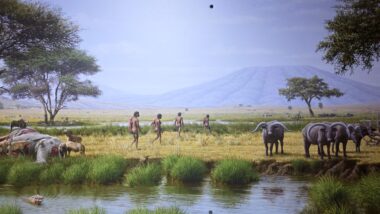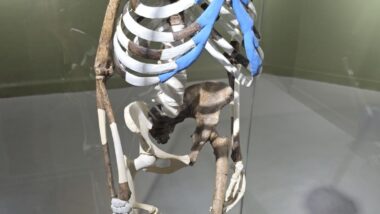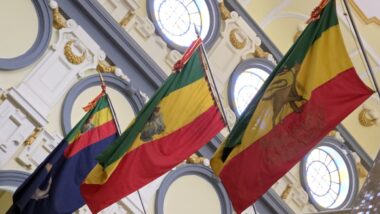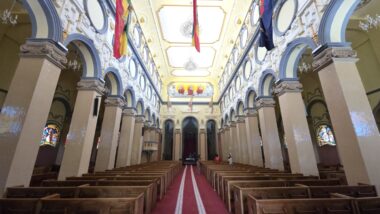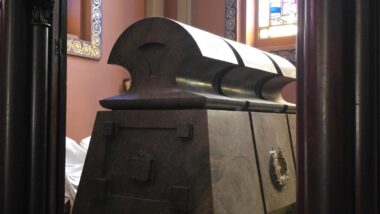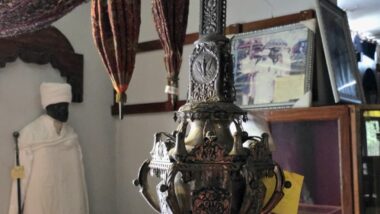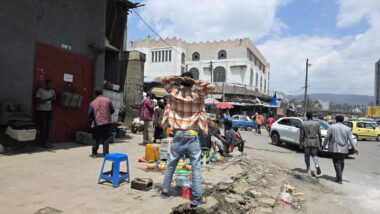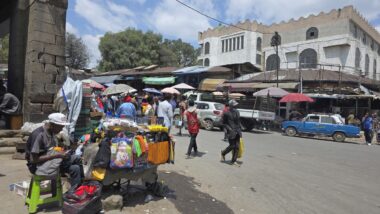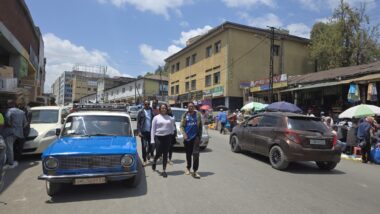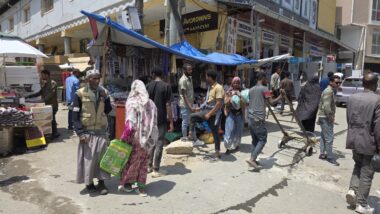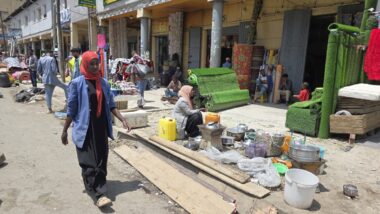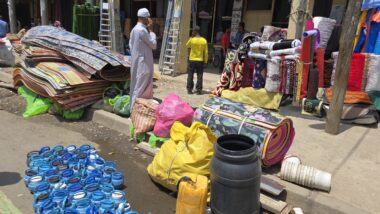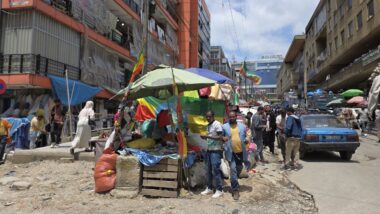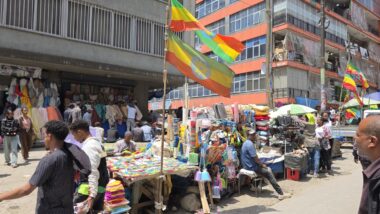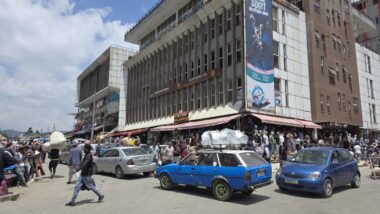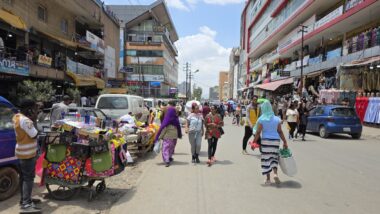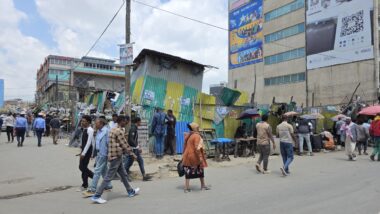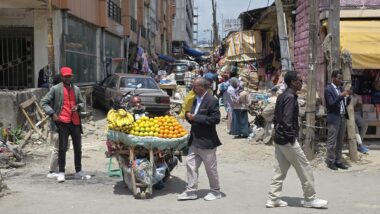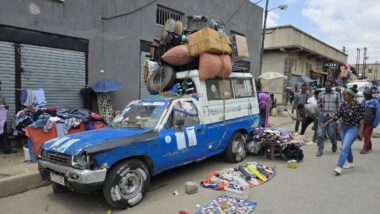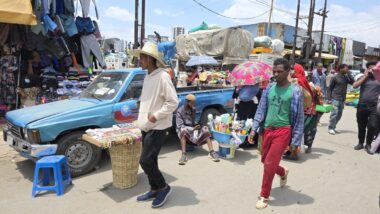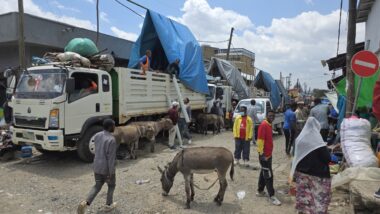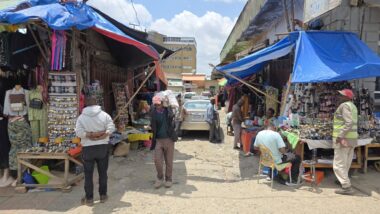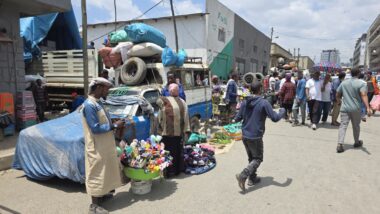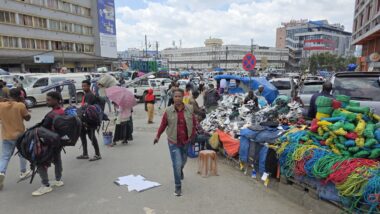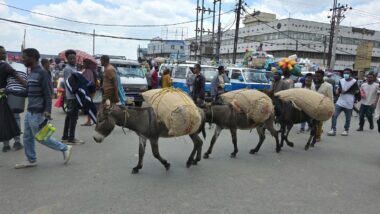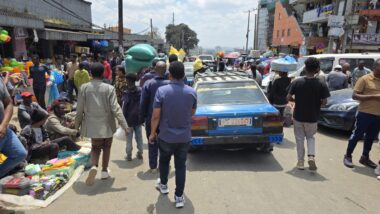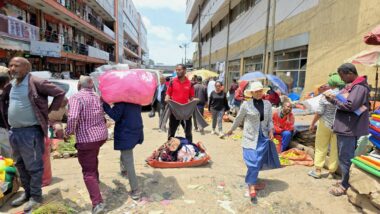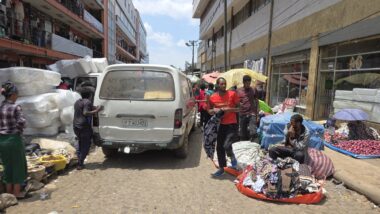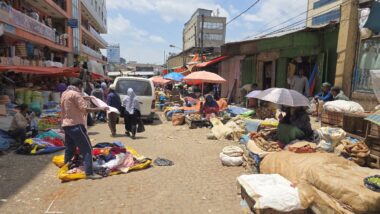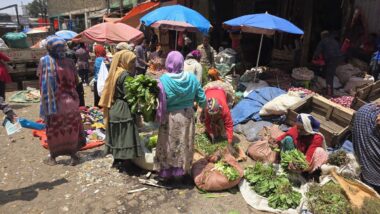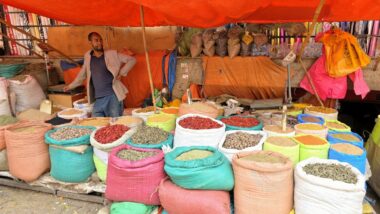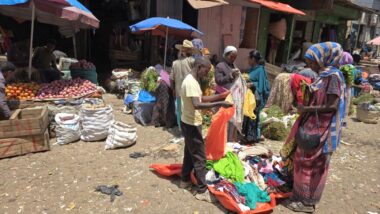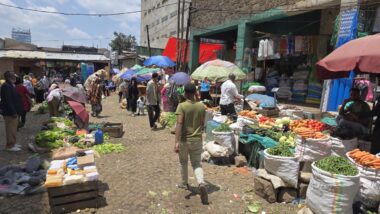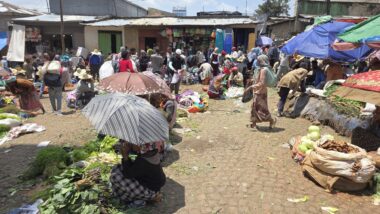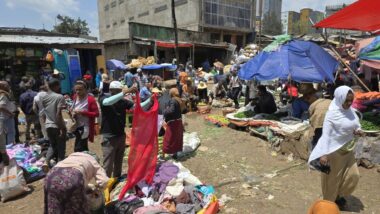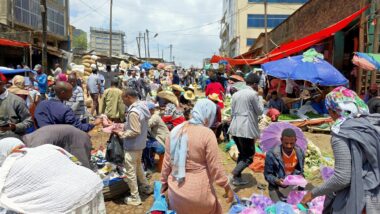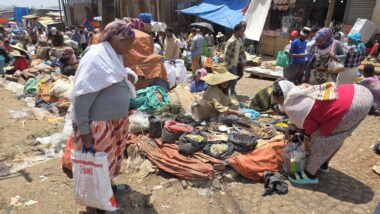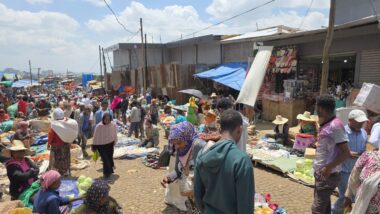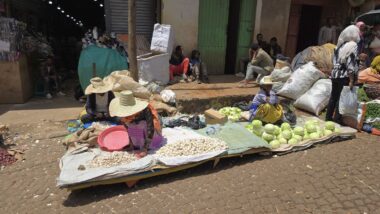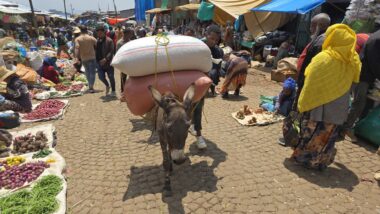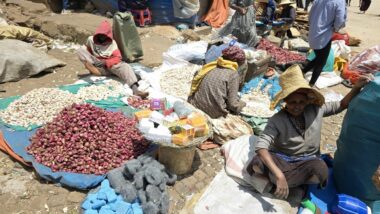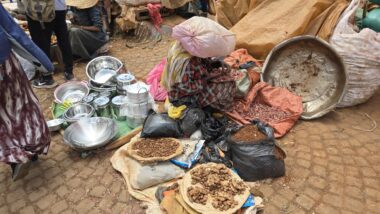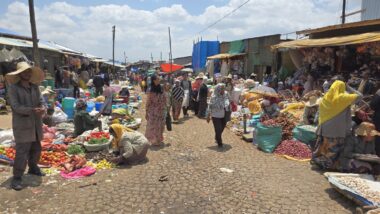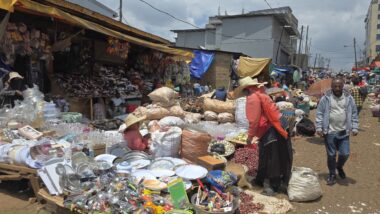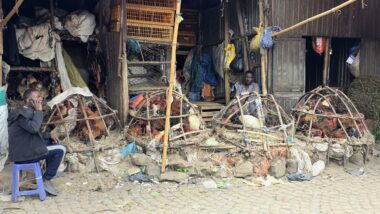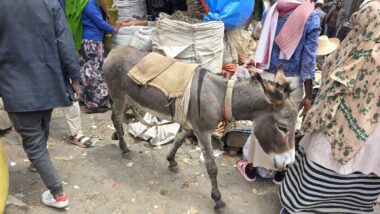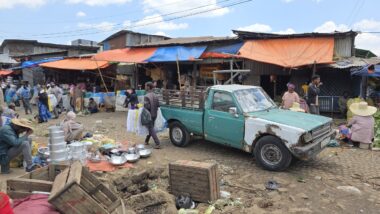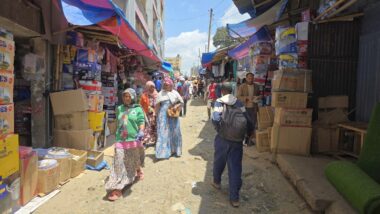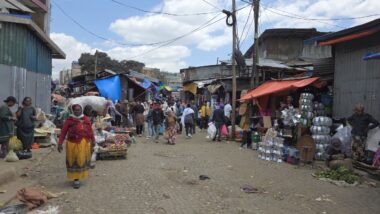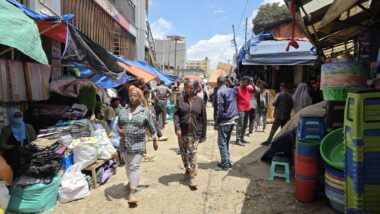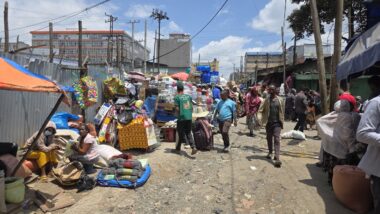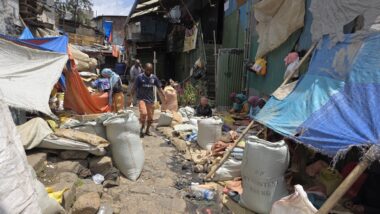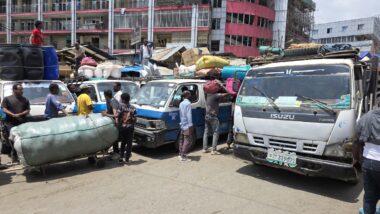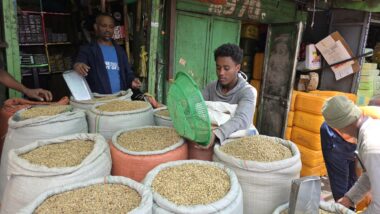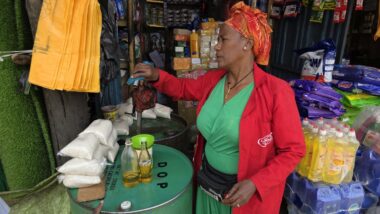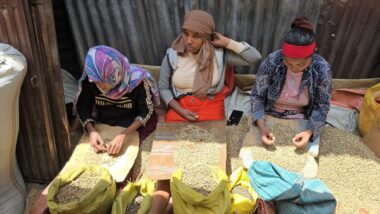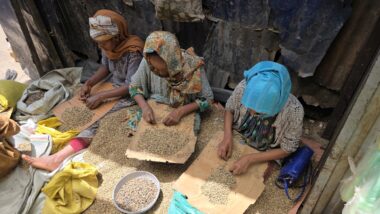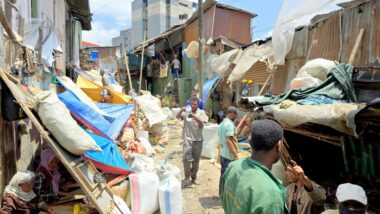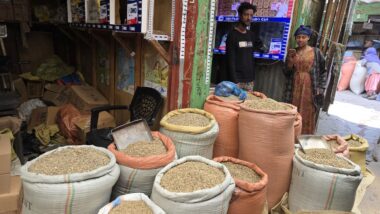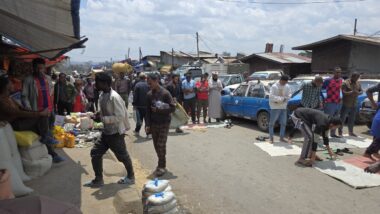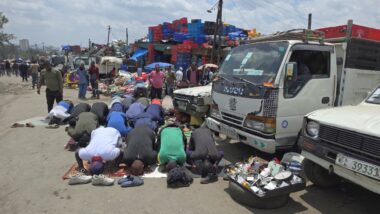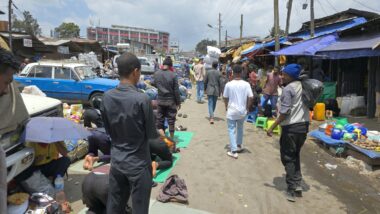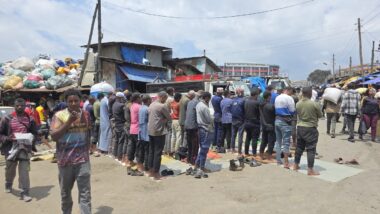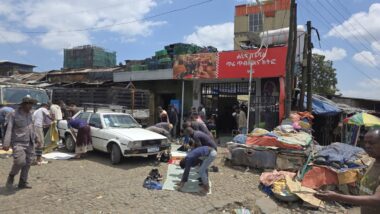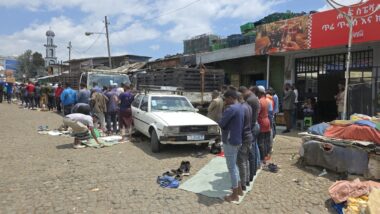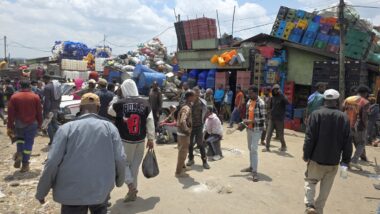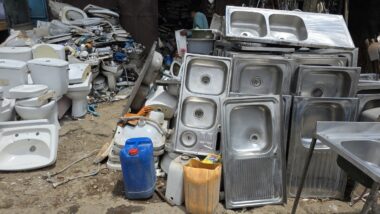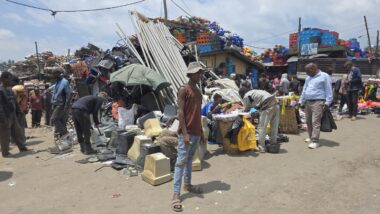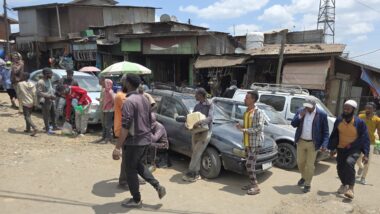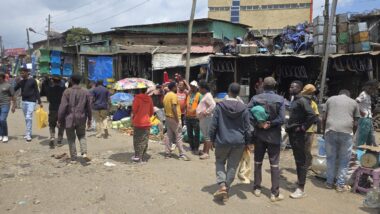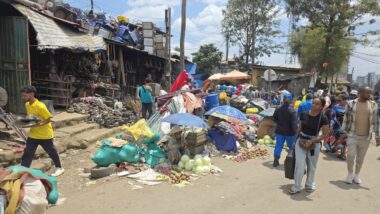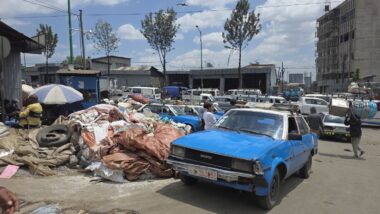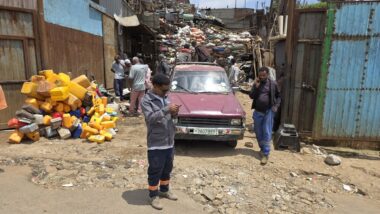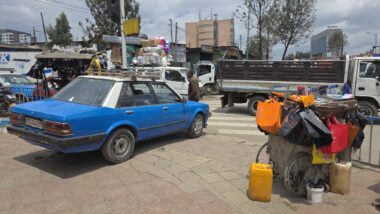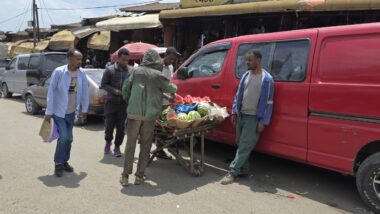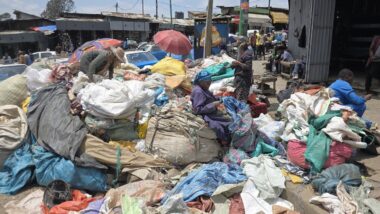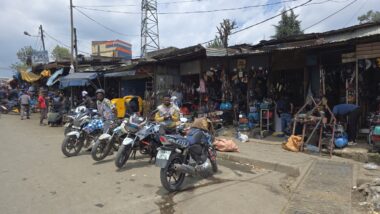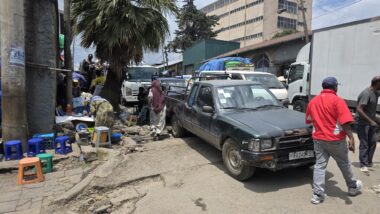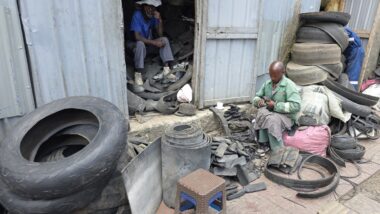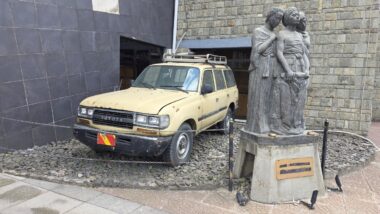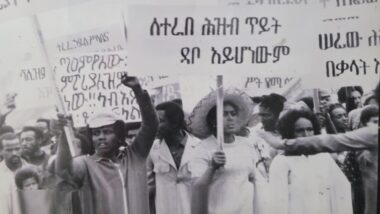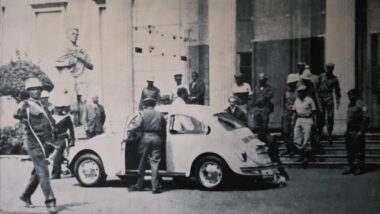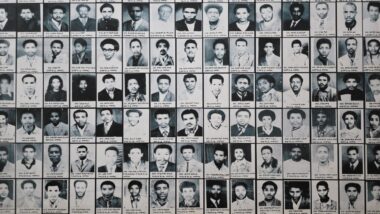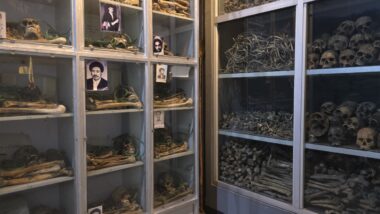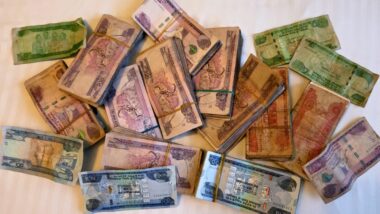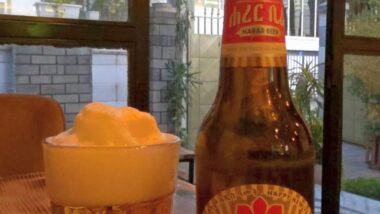After long preparations and in challenging times, we finally arrived in Addis Ababa, situated in the Ethiopian highlands at 2,300 meters, making it one of the world’s highest capitals. The city was founded in 1886 by Emperor Menelik II and Empress Taytu Betul, named “New Flower” for its auspicious location near hot springs on the Entoto plateau. It was central to Menelik’s southward expansion and rapidly became a political and economic hub. The city developed through several distinct phases: an initial imperial period, followed by significant Italian colonial investment in infrastructure and a master plan from 1936 to 1941. The post-World War II era saw further modernisation and urban planning.
In 1974, the Ethiopian Revolution led to the overthrow of Emperor Haile Selassie I. by a Marxist-Leninist military junta called the Derg on September 12. This marked the end of centuries of imperial rule and initiated the establishment of a military government led by dictator, Mengistu Haile Mariam. On November 23, 1974, Mengistu ordered the assassination of the PMAC’s moderate chairman and urged the killing of 60 aristocrats and former officials of the old imperial regime.
In 1987, Mengistu faced armed rebellion in the northern regions of Tigray and Eritrea, a series of the worst droughts and famines ever to afflict Ethiopia, an agricultural economy ruined by the forced collectivisation of farms and the relocation of entire populations, and occasional coup attempts by enemies within the regime. The withdrawal of Soviet support further weakened Mengistu’s power, and in May 1991, he resigned from his post and fled to Zimbabwe. He still lives in Harare, Zimbabwe, despite an Ethiopian court verdict which found him guilty of genocide in absentia. Mengistu’s government is estimated to be responsible for the deaths of 500,000 to 2,000,000 Ethiopians, mainly during the 1983–1985 famine in Ethiopia.
After 1991, Ethiopia transitioned from a Marxist dictatorship to a federal system under the Ethiopian People’s Revolutionary Democratic Front (EPRDF), marked by significant economic growth but also continued ethnic conflict and political instability. Key developments include the adoption of an ethnically-based constitution and a federal system, the independence of Eritrea, periods of economic development contrasted with conflict and displacement, and ongoing challenges related to governance, ethnicity, and human rights, culminating in the 2020 Tigray War.
These changes had a significant impact on Addis Ababa’s development, leading to increased foreign investment and economic growth. We were here last time in 2016, and we couldn’t recognise it anymore. However, we revisited some of the most famous monuments (we recommend getting a guide through Micky +251911608236), including the National Museum of Ethiopia (🎟️50 ETB), where Lucy, a famous 3.2-million-year-old Australopithecus afarensis fossil of the most complete hominid skeleton ever found, is a star attraction. Her 1974 discovery significantly changed the understanding of human evolution, proving that early human relatives walked upright, and she is considered a national icon promoting Ethiopia as the “cradle of humankind”.
Then we continued to the Derg Monument (Tiglachin Monument) and Holy Trinity Cathedral (🎟️1,500 ETB). We didn’t miss other significant historical sites, such as the Menelik Palace, the Lion of Judah statue, the Ethnological Museum (🎟️250 ETB), the Red Terror Martyrs’ Memorial Museum, and the historic St. George Cathedral (currently undergoing renovation).
We attempted to capture some scenic views from Mount Entoto, but unfortunately, we encountered unfavourable weather conditions. Then we experienced local life at the bustling Mercato Market, the largest open-air market in Africa (two tasty coffees and a large, delicious cookie cost us 170 ETB at nearby Kereyu Bakery). And finally, we walked through the newly developed Unity Park.
We had lunch at a friendly Golden Plate Restaurant (Vegetable cream soup – 450 ETB, Beef Stroganoff with rice – 890 ETB, Tiramisu – 350 ETB, Ambo Mineral Water – 80 ETB) and dinner at La Mandoline restaurant (Vegetable cream soup – 490 ETB, Chicken steak with mashed potatoes – 1,400 ETB, Chocolate mousse – 320 ETB, Ambo Mineral Water – 95 ETB). For delicious steak with mashed potatoes and two Harar Beers (0,33 l), we went to Korma Grill (total 1,610 ETB). Beer at the local bar in the Bole area did cost us 145 ETB.
Travel Tips
We decided to use a SIM card from Ethio Telecom, mainly because it still has a larger coverage than the new Safaricom. The monthly plan, which includes unlimited internet, unlimited calls and SMS, and 70 minutes of international calls, did cost us $40. Only unlimited data for a month costs 15 USD. We could have exchanged the money at the bank, but only at an unfavourable rate of around 141 ETB/USD. Therefore, we found a Rooha Forex Bureau that exchanged 1 USD for 158.6 ETB, which was very close to the black market rate of 162 ETB/USD. Since Bolt was not yet available here, we used the local app RIDE for affordable transportation around the city. A skilled tour guide cost us 30 USD/day. Restaurants typically add a 10% service charge and a 15% tax to the menu price.
